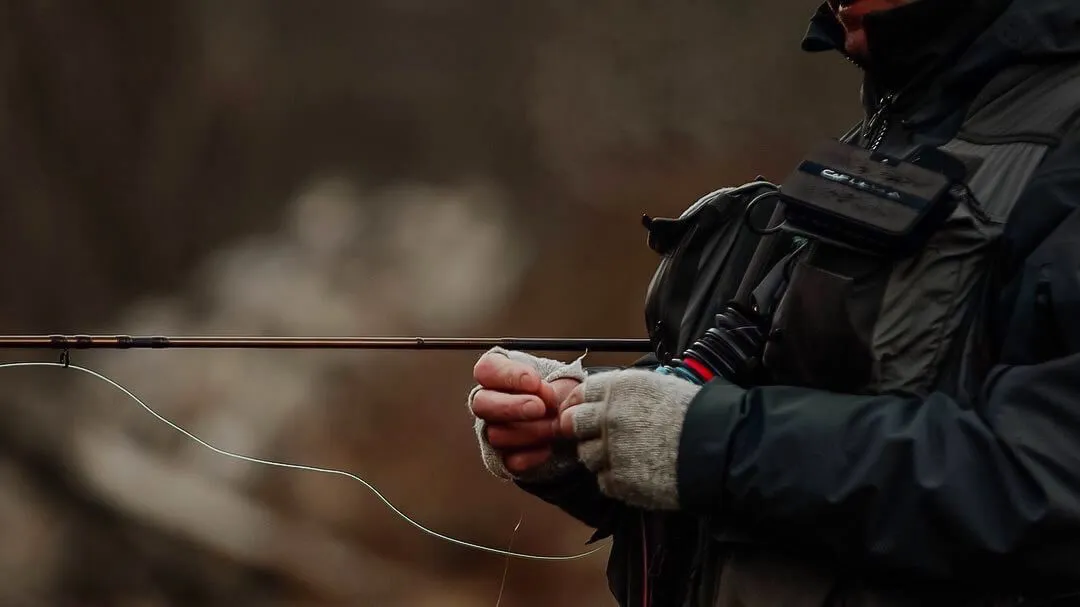Knots carry with them a spectrum of opinions, experiences, and recommendations. Anglers often grapple with the decision to trust a knot based on personal trials and the guidance of others. In the age of easily accessible information, some anglers adopt a research-oriented approach, delving into charts, videos, breaking strength tests, and failure rates to make informed choices about fluoro and nylon knots.
A prevalent concern revolves around the anxiety associated with trying new knots and the fear of seemingly straightforward knots breaking. The Davy Knot serves as an example, and there exists a widespread belief that it is not as robust as other knots. The question arises: does knot strength truly matter?

Various knot tests available through online searches are often deemed unreliable for several reasons that will be discussed shortly. While some anglers conduct personal tests, the lack of expensive, scientific testing machines raises doubts about the accuracy of breaking strength statistics.
Even with a testing machine, knot strength data remains suspect due to the personal nature of knot tying. Differences in techniques, tightness, and angles during knot tying can influence the overall strength, rendering standardized testing challenging.
Examining the Davy Knot further, it becomes evident that its strength can be compromised if the tag is pulled while tightening or clipping. The precision required in tying a Davy Knot leaves little room for error, making it vulnerable to failure if not executed with care.
Material Considerations
Anglers specializing in gear emphasize that certain knots may excel with nylon but prove less effective with fluorocarbon. The suitability of knots varies based on factors such as line diameter, hook size, and fishing conditions. Expecting one knot to fulfill all requirements becomes unrealistic, and comparing knot strength without considering these factors can lead to inaccurate conclusions.
Material compatibility plays a crucial role in knot performance. Personal experiences, such as struggling with a simple Clinch Knot due to the choice of tippet material, highlight the importance of acknowledging that certain materials may not align well with specific knots. In such instances, accepting the idiosyncrasies of the sport becomes a pragmatic approach.

Does Knot Breaking Strength Matter?
While knot breaking strength is undeniably important, it may not be the paramount consideration for every angler. For rigs with multiple knots, such as those found in custom leaders, the goal is often to ensure that weaker knots break first. This strategic approach minimizes material and time losses in the event of snags or hang-ups.
An angler’s system and preferences come into play when choosing knots. Knots are inherently personal, and the strength of one angler’s Davy Knot may differ from another angler’s Clinch or Uni-Knot. Discrepancies arise due to various factors, reinforcing the idea that knot strength tests with standardized results may not capture the nuanced nature of knot performance.
Ultimately, anglers are encouraged to develop their systems, make purposeful choices, and rely on personal experimentation rather than solely depending on online charts or tests. Trusting one’s instincts and preferences remains a key aspect of successful knot selection.
Fish diligently, fellow anglers.
Images/Source: TroutBitten





